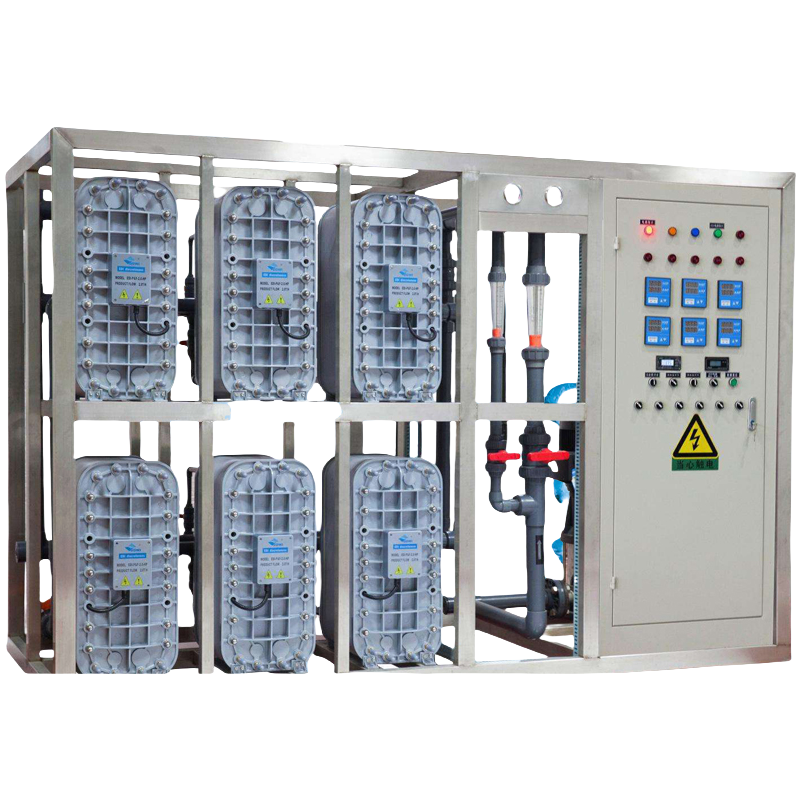

EDI stands for Electrodeionization, which is a water treatment technology used to remove ions from water. It is often used in conjunction with other water treatment processes such as reverse osmosis to produce high-purity water for industrial and pharmaceutical applications.
In an EDI system, electrically charged ions are removed from the water by passing it through ion exchange membranes and applying an electric field. This process effectively deionizes the water, producing purified product water while continuously regenerating the ion exchange materials.
Overall, EDI systems are known for their efficiency, low chemical usage, and continuous operation compared to traditional ion exchange methods.
The EDI system is commonly used in various industries and applications where high-purity water is required. Some of the key applications include:
1. Pharmaceutical Industry: EDI systems are used to produce ultra-pure water for pharmaceutical manufacturing, where stringent quality standards must be met.
2. Electronics Industry: The electronics industry requires high-purity water for semiconductor manufacturing, printed circuit board production, and other electronic component fabrication processes.
3. Power Generation: Power plants use EDI systems to produce ultra-pure water for boiler feedwater, cooling towers, and other critical power generation processes.
4. Food and Beverage Industry: EDI technology is utilized to remove impurities from water used in beverage production, food processing, and ingredient preparation.
5. Laboratory Research: Laboratories often require ultra-pure water for experiments and analytical procedures, making EDI systems essential for many research facilities.
6. Chemical Manufacturing: In the chemical industry, high-purity water is crucial for various production processes such as chemical synthesis, blending operations, and product formulation.
Overall, the EDI system plays a vital role in providing high-quality purified water for a wide range of industrial and commercial applications that demand consistent purity levels without the need for extensive chemical regeneration or disposal of ion exchange resins.